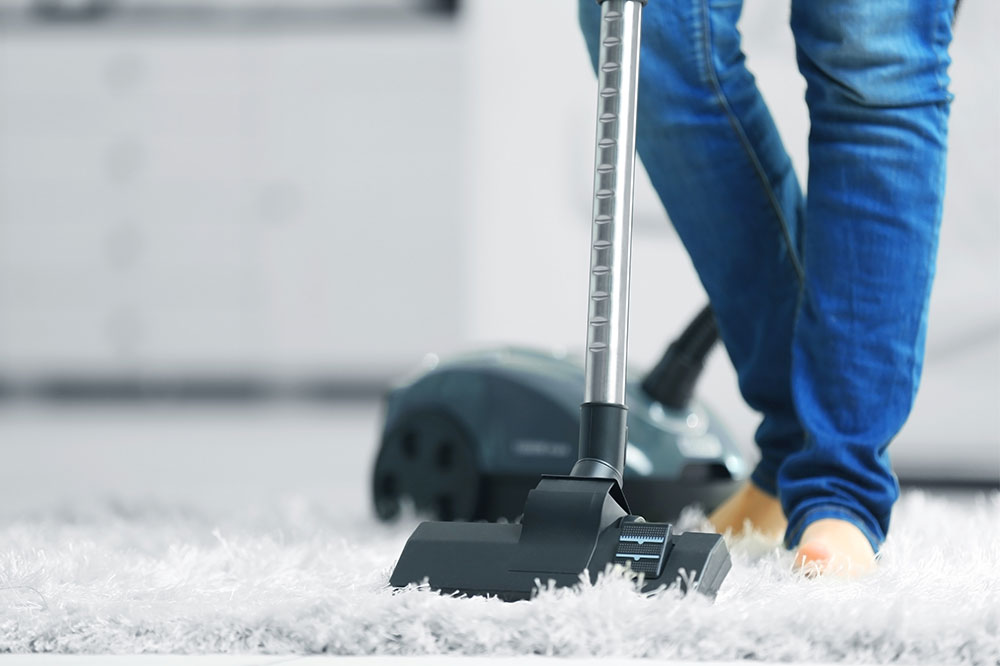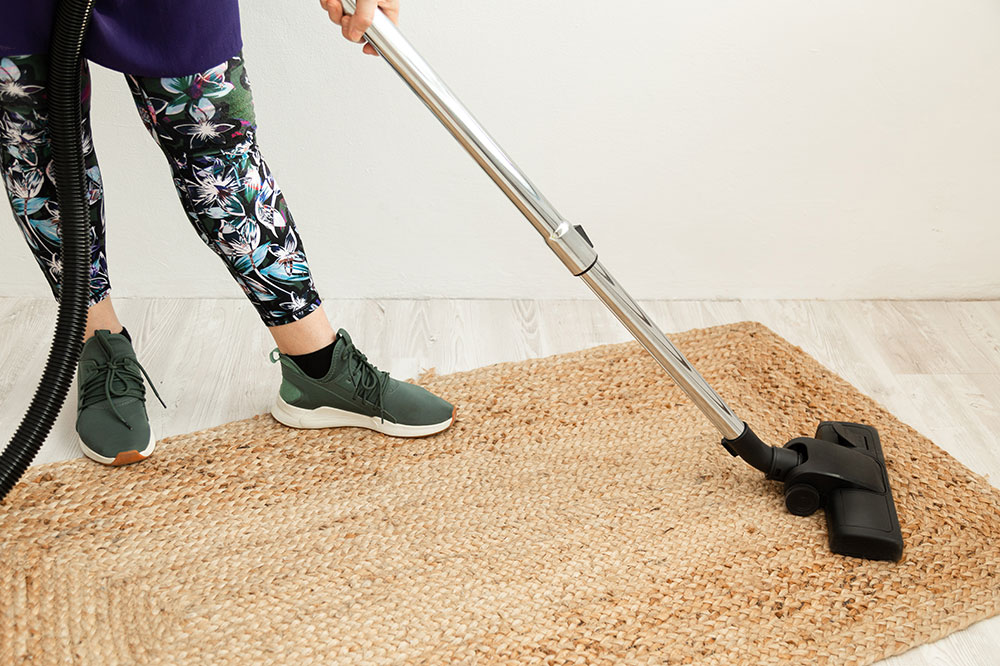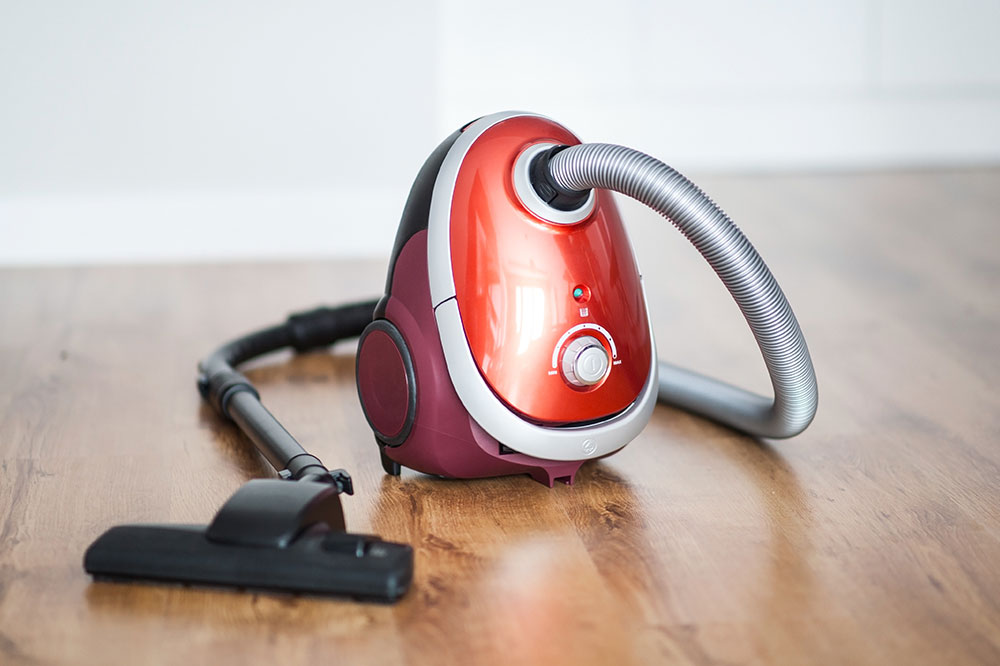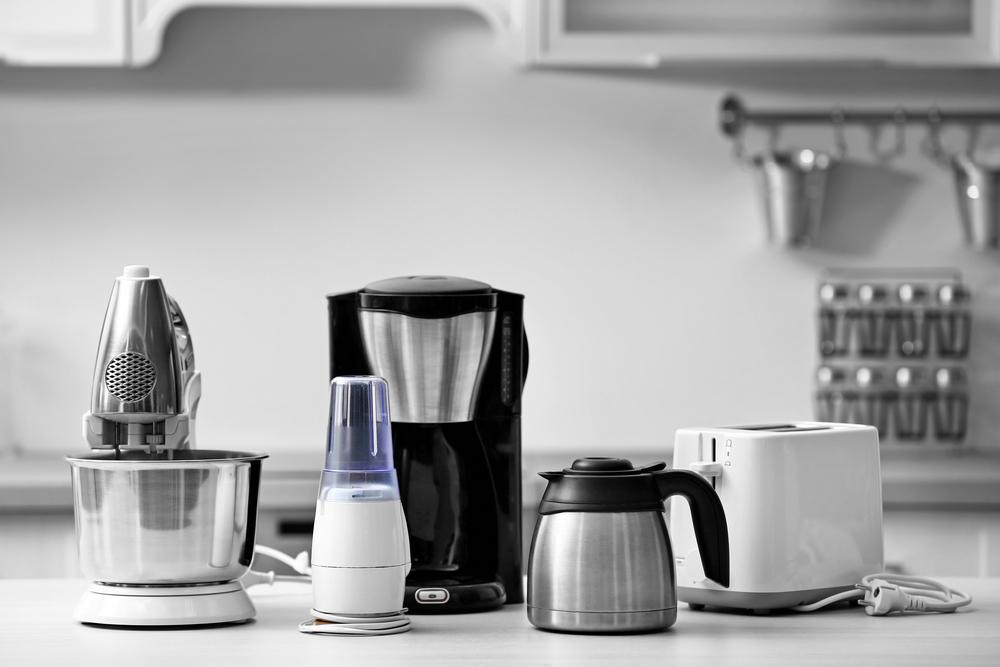The Ultimate Guide to Avoiding Common Vacuum Cleaner Mistakes for Better Cleaning Efficiency
This comprehensive guide highlights the top mistakes to avoid when using a vacuum cleaner, ensuring better cleaning performance and increased lifespan. From filter maintenance to attachment selection, learn practical tips for efficient and safe vacuum operation, making your cleaning endeavors more effective and your appliance more durable.

Top 5 Common Mistakes to Steer Clear of When Operating a Vacuum Cleaner
In today’s household and commercial cleaning environments, vacuum cleaners have become indispensable tools, thanks to technological advances that have turned them into highly sophisticated, smart appliances. Modern vacuum cleaners are often equipped with wireless connectivity, powerful suction capabilities, and a variety of specialized attachments designed to handle different surfaces and cleaning challenges. However, despite these advancements, improper usage and maintenance mistakes can significantly reduce their lifespan and efficiency. To ensure you get the most out of your vacuum cleaner while prolonging its operational life, it is essential to be aware of and avoid some common pitfalls. This extensive guide covers the top five mistakes homeowners and cleaning professionals should be cautious of, providing detailed insights and practical tips on maintaining optimal vacuum performance.
1. Neglecting Filter and Collection Bin Maintenance
One of the most frequent errors that can hinder a vacuum cleaner’s performance is failing to regularly clean and maintain filters and collection bins. Dirt, dust, and debris accumulate over time, clogging filters and reducing suction power. To keep your vacuum operating at peak efficiency, it is crucial to remove and wash filters after every use, especially when you've emptied the collection bin. Many modern vacuum cleaners feature easily accessible filters and bins designed for quick removal and cleaning. Using clean filters ensures unobstructed airflow, which directly correlates with better suction and overall cleaning performance. Additionally, well-maintained filters not only improve cleaning efficiency but also extend the lifespan of your device by preventing excessive strain on the motor and internal components. Regular maintenance schedules—such as weekly filter checks—are recommended for environments with high dust levels or pets, which tend to generate more debris. Investing in high-quality replacement filters and staying consistent with cleaning routines will help you enjoy a cleaner home and a more durable vacuum cleaner.
Maintaining filters and collection bins optimizes suction efficiency and prevents motor strain. Regular cleaning also reduces the likelihood of unpleasant odors and allergens lingering in your appliance, contributing to healthier indoor air quality.
2. Selecting the Wrong Attachments for Specific Tasks
The variety of attachments that come with modern vacuum cleaners allows users to customize their cleaning approach, but choosing the wrong tool can lead to inefficiency. Different surfaces require different cleaning heads for optimal results. For example, brush tools with soft bristles are ideal for deep-cleaning carpets and trapping embedded dust and pet hair. Flat nozzles and crevice tools are better suited for cleaning hard floors, corners, and tight spaces. Using an inappropriate attachment not only diminishes cleaning effectiveness but can also damage fragile surfaces or cause unnecessary wear on parts. It is essential to understand the purpose of each accessory and select the right one for each task. For instance, avoid using a beater brush on delicate hardwood floors to prevent scratches and dents. Proper attachment selection ensures that your vacuum performs efficiently, preserves surfaces, and extends the lifespan of the equipment.
3. Attempting to Vacuum Items or Substances Not Designed for the Machine
Vacuum cleaners are designed primarily to pick up small particles like dust, dirt, and crumbs. Attempting to vacuum objects that are too large, sharp, or unusual, such as stones, screws, or liquid spills, can cause severe damage to the appliance. For example, vacuuming liquids generally requires specialized wet-dry vacuums, as normal models are not equipped to handle moisture and can short-circuit or suffer internal damage. Similarly, trying to pick up heavy or irregular objects can clog the airflow, strain the motor, or break internal parts. When dealing with spills or large debris, always use appropriate tools designed for such purposes. For liquids, switch to a wet-dry vacuum or absorb the spill with towels before cleaning the area. For large debris, remove them manually or use a broom. Also, avoid running the vacuum over electrical cords repeatedly, as this can cause fraying and expose live wires, increasing the risk of electrical shocks or fires.
4. Misjudging the Condition of the Vacuum Motor
The health of your vacuum's motor is critical for consistent performance. Many modern vacuums come with safety features that automatically shut off the motor when overheating is detected. This protective measure prevents damage to internal components and signifies that the machine needs attention. Common reasons for overheating include a full dustbin, clogged filters, or prolonged continuous use beyond recommended durations. If your vacuum motor shuts down unexpectedly, do not panic; instead, turn off the device and allow it to cool down for at least 30 minutes. During this cooling period, clear any blockages, empty the bin, and check filters. Once cooled, try to restart the vacuum. Regular maintenance of filters and bins, along with adhering to recommended usage times, can prevent motor overheating. Ignoring these signs and consistently overloading the machine may result in expensive repairs or early replacement, so heed the safety features built into modern vacuum cleaners.
Conclusion: Maintaining Your Vacuum Cleaner for Longevity and Efficiency
Avoiding common mistakes when using a vacuum cleaner is essential for maintaining its longevity, ensuring efficient cleaning, and saving money on repairs or replacements. Regular filter and bin maintenance, appropriate attachment selection, using the correct tools for specific tasks, and understanding the machine's safety features all contribute to optimal performance. Remember that a well-maintained vacuum cleaner doesn't just clean better; it also lasts longer. By following the guidelines outlined in this comprehensive article, homeowners and cleaning professionals alike can enjoy cleaner homes, improved air quality, and a more reliable cleaning appliance that stands the test of time. Regular care and smart usage are the keys to maximizing your vacuum cleaner's capabilities and maintaining an efficient, safe, and hygienic living environment.





